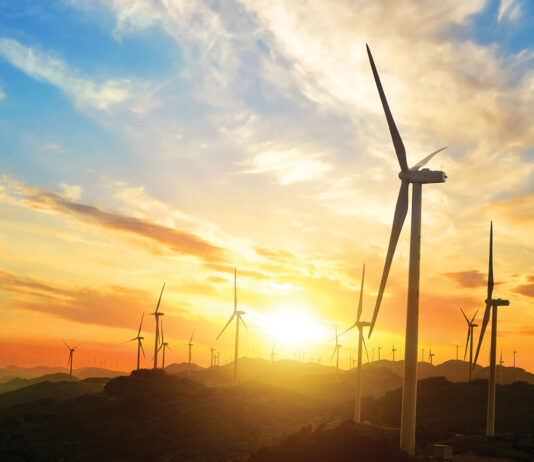
What You Should Know About Oil and Gas Today
The Big Story
Refiners and gasoline consumers were able to breathe a sigh of relief as Hurricane Laura moved rapidly inland after hitting the coast with 150 mph winds and a 5′ to 10′ storm surge. The storm battered Lake Charles, La, creating a large fire at a chemical plant, but spared the refining and LNG operations there from major damage, although Citgo said its refinery there did sustain some minor hits that will require repairs.
The bigger issue for Lake Charles refineries could be getting their workers back on the job since Louisiana Gov. John Bel Edwards properly issued an evacuation order for the area in advance of the storm. Lingering power outages could also cause some delays.
Because Laura left the region so quickly, refiners from Houston over to Baton Rouge were spared the flooding rains they were hit with in August 2017 by Hurricane Harvey. As a result, disruptions to supply and distribution of refined products will be minimal, as will any impacts to gasoline prices. The Houston Chronicle reports this morning that the Motiva Refinery – the nation’s largest – was able to restart its operations on Thursday afternoon after just a brief pause.
ExxonMobil said it was able to begin restarting its huge Baytown refinery on Friday after making some minor repairs. All in all, considering the size and magnitude of Laura, which was a Category 4 storm at landfall, things could have been much, much worse.
Meanwhile, in other news…
Speaking of gasoline prices… – The staff at the Chronicle’s Fuel Fix report that prices at the pump have likely peaked for this summer and should taper off as we move past the Labor Day weekend.
The price for West Texas Intermediate hit a six-month high overnight amid continuing positive economic news out of China and the United States. Bloomberg reports that Goldman Sachs put out a note on Sunday raising its year-end forecast for WTI to $45.50 from $40, and for Brent to $48 from $43. That estimate could turn out to be very conservative.
The Hill reports this morning its opinion that speakers at last week’s Republican National Convention “mischaraterized” Joe Biden’s position on banning fracking. This is an outright lie. While the platform adopted by the Democrat party does not overtly propose a ban on fracking, both Biden and his running mate, Kamala Harris repeatedly pledged to ban the practice during the Democrat debates last fall. Neither has fully rescinded that commitment to the party’s radical leftist base. Platforms mean nothing, especially to the Democrats. We should take these politicians at their word.
A true master of understatement, the Chronicle’s Chris Tomlinson admits that “Electric Vehicles Won’t Solve All Pollution Problems” in an opinion piece today. The truth is even starker than that: When you look at the full life cycle of EVs and their battery technology, they don’t solve a single pollution problem. Not one. They are little more than a passing fad, doomed by their tech limits to be overtaken by hydrogen-powered vehicles later in this very decade.
Even the IEA knows that fossil fuels aren’t going anywhere. In a new report, the UN’s International Energy Agency projects that, despite decades of massive renewable subsidization and all of the absurd “energy transition” boosterism floating around the news media these days, fossil fuels will continue to provide the vast majority of global energy for decades to come. The reasons for this are simple: They are called energy density and scalability, both of which wind and solar completely lack. This really is not complicated, folks.
Because of this reality, societies must resist the siren call for more massive subsidies of these inherently intermittent forms of power and focus on making the use of cheap and abundant – and dense and scalable – fossil fuels even cleaner than they already have become. We must as a society focus on dealing with what is true in the real world, not in falling for energy policy proposals that are based on unicorns and rainbows of the political left.
Even the globalists who run the IEA understand this reality.
That’s all for today.
















